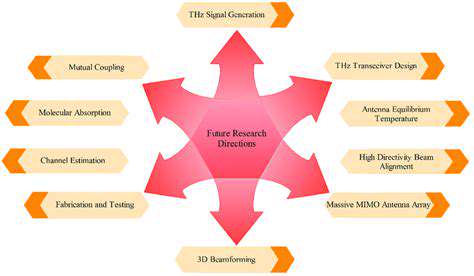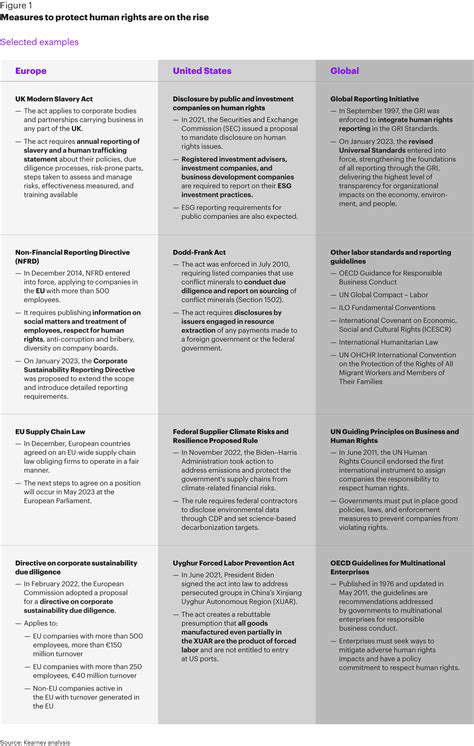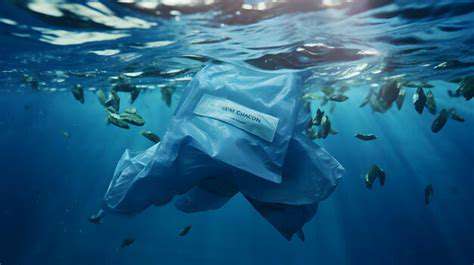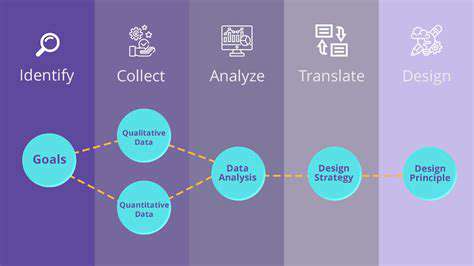From Policy to Practice: Implementing Ethical Standards
Understanding the Policy Landscape
Effective policy implementation hinges on a thorough understanding of the existing policy landscape. This involves analyzing the historical context of the policy, its intended goals and objectives, and the specific regulations and guidelines that govern its application. A critical assessment of the policy's strengths and weaknesses, including potential unintended consequences, is crucial for developing successful implementation strategies. Furthermore, understanding the political and social factors influencing the policy is essential for anticipating potential challenges and adjusting strategies accordingly.
Identifying Implementation Gaps
A crucial step in bridging the gap between policy and practice is identifying the specific areas where the current implementation falls short of the intended outcomes. This requires careful evaluation of the policy's current status compared to its theoretical framework. Are the resources allocated sufficient? Are the necessary infrastructure and personnel in place? Are there any significant barriers to implementation, such as resistance from stakeholders or a lack of awareness among the target population?
Thorough data collection and analysis are essential to identify these gaps objectively and inform targeted interventions.
Developing Practical Strategies
Once the implementation gaps are identified, practical strategies need to be developed to address them. This involves crafting specific, measurable, achievable, relevant, and time-bound (SMART) goals and objectives. Strategies should be adaptable and flexible, considering the potential for unforeseen circumstances. A multi-faceted approach, involving various stakeholders and incorporating diverse perspectives, is often the most effective way to bridge the gap between policy and practice.
Building Capacity and Resources
Effective implementation often requires investing in the capacity and resources of those responsible for putting the policy into action. This includes providing training, technical assistance, and support to build the necessary skills and knowledge. Sufficient funding allocation is critical for acquiring the necessary materials, equipment, and personnel. Sustained support and monitoring of the implementation process, with regular feedback loops, are also vital.
Engaging Stakeholders and Communities
Successful policy implementation requires the active engagement of all relevant stakeholders, including community members, government agencies, private sector organizations, and NGOs. This means actively seeking input, addressing concerns, and fostering collaboration to ensure that the policy is relevant, responsive, and sustainable. Transparency and open communication are crucial to maintaining trust and fostering a sense of shared ownership.
Monitoring and Evaluation
Ongoing monitoring and evaluation are essential to assess the impact of the policy implementation and make necessary adjustments. This involves tracking key indicators, collecting data, and analyzing the results. Regular feedback loops and data-driven decision-making are crucial for adapting the policy and its implementation strategies based on real-world evidence. Adaptability and continuous improvement are essential for ensuring the policy remains effective and relevant over time.
Cultivating a Culture of Ethics: Fostering Ethical Behavior
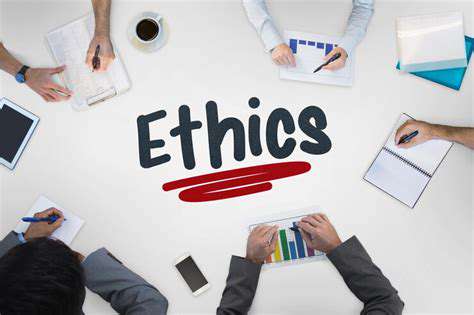
Fostering Integrity in the Workplace
A strong ethical culture isn't just about following rules; it's about embedding values into the very fabric of an organization. This involves creating an environment where employees feel comfortable raising concerns without fear of retaliation. It's crucial to establish clear communication channels and actively solicit feedback to identify potential ethical dilemmas early on.
Transparency in decision-making processes is also paramount. When employees understand the rationale behind choices, they are more likely to trust the leadership and adhere to ethical principles. Open dialogue and consistent reinforcement of ethical standards are essential elements of a robust ethical culture.
Defining Ethical Standards and Codes
A comprehensive code of conduct, clearly outlining acceptable behavior and addressing potential conflicts of interest, is vital. This document should not be just a dusty reference manual but a living guide that is regularly reviewed and updated to reflect changing circumstances and best practices. Implementing a rigorous code of conduct reinforces the importance of ethical decision-making across the organization.
Training and Education for Ethical Decision-Making
Regular training programs designed to equip employees with the knowledge and skills needed to navigate complex ethical situations are essential. These programs should delve into various ethical dilemmas, encouraging critical thinking and fostering a deeper understanding of the organization's values and principles.
This training should cover not only the specific rules and regulations but also the underlying principles and how to apply them in real-world scenarios. Consistent training reinforces the importance of ethical conduct in the long run.
Leadership as Ethical Role Models
Leaders play a pivotal role in shaping an ethical culture. Their actions, decisions, and communication style set the tone for the entire organization. Leaders who consistently demonstrate ethical behavior inspire trust and create a culture of integrity. Ethical leadership is paramount; it sets the standard for the rest of the team.
Addressing and Resolving Ethical Concerns
Establishing clear channels for reporting ethical concerns and ensuring that these concerns are addressed promptly and fairly is critical. This includes creating a confidential reporting mechanism and implementing a process for investigating complaints and taking appropriate action. A robust system for addressing ethical concerns is essential for maintaining a healthy and productive work environment.
Promoting Open Communication and Feedback
Open communication channels and mechanisms for employee feedback are essential to cultivate a culture of ethics. This allows employees to voice concerns, share ideas, and contribute to the development of ethical standards. Creating a culture of open communication encourages employees to participate actively in maintaining an ethical work environment.
Measuring and Evaluating Ethical Performance
Regular assessments and evaluations of the ethical performance of the organization and individual employees are crucial to understanding the effectiveness of current practices. This involves reviewing policies, procedures, and employee behavior to identify areas for improvement and ensure alignment with ethical standards. Monitoring ethical performance helps organizations identify and correct issues promptly, maintaining the integrity of the culture. This process can also lead to more effective strategies for fostering ethical behavior.
Modern smart pet beds go beyond simply providing a warm or cool surface; they offer sophisticated temperature control systems. These advanced features often use sensors to monitor the pet's body temperature and adjust the heating or cooling elements accordingly. This ensures that your furry friend remains at the ideal temperature for relaxation and sleep, promoting comfort and preventing discomfort from heat or cold.


